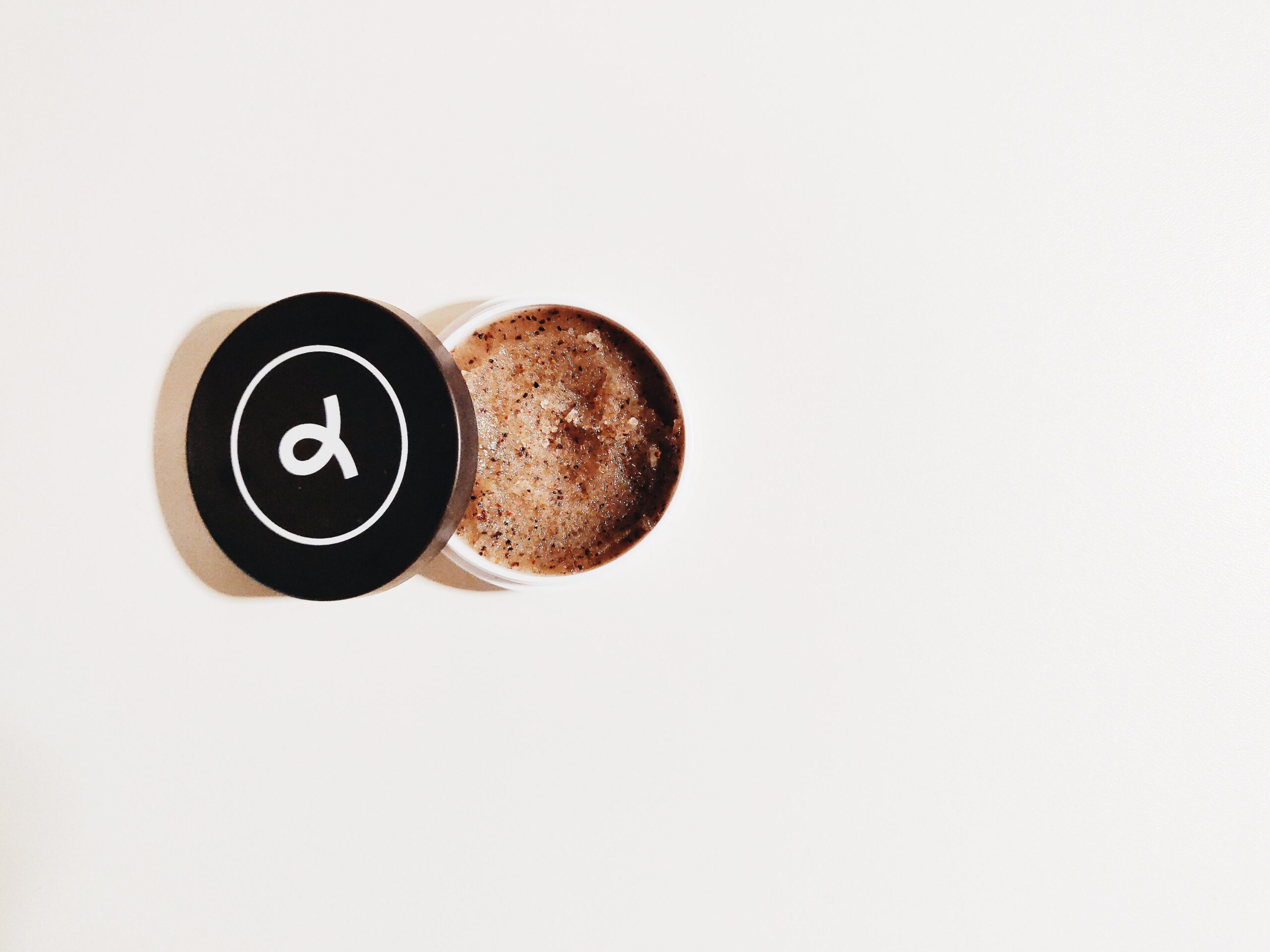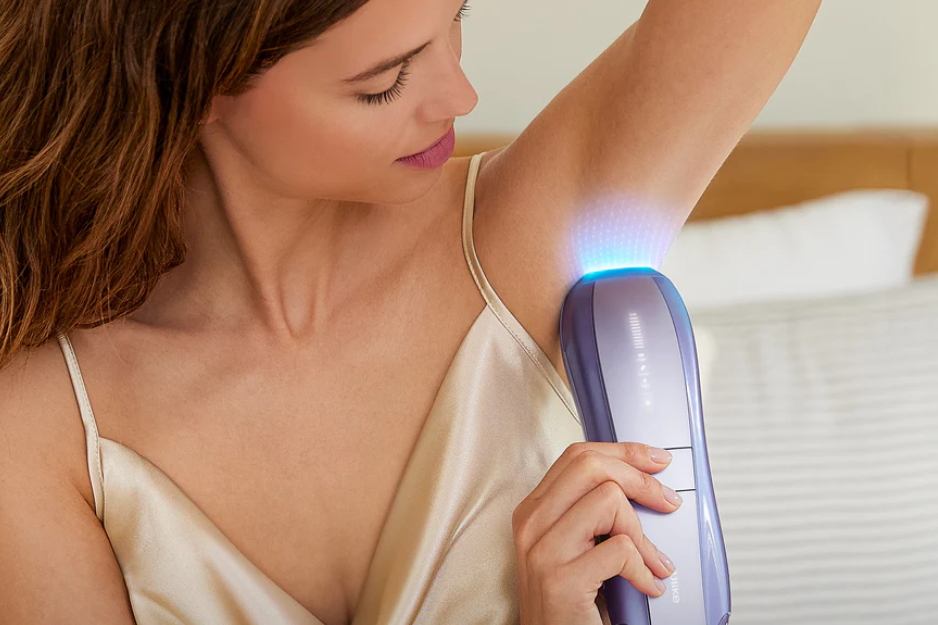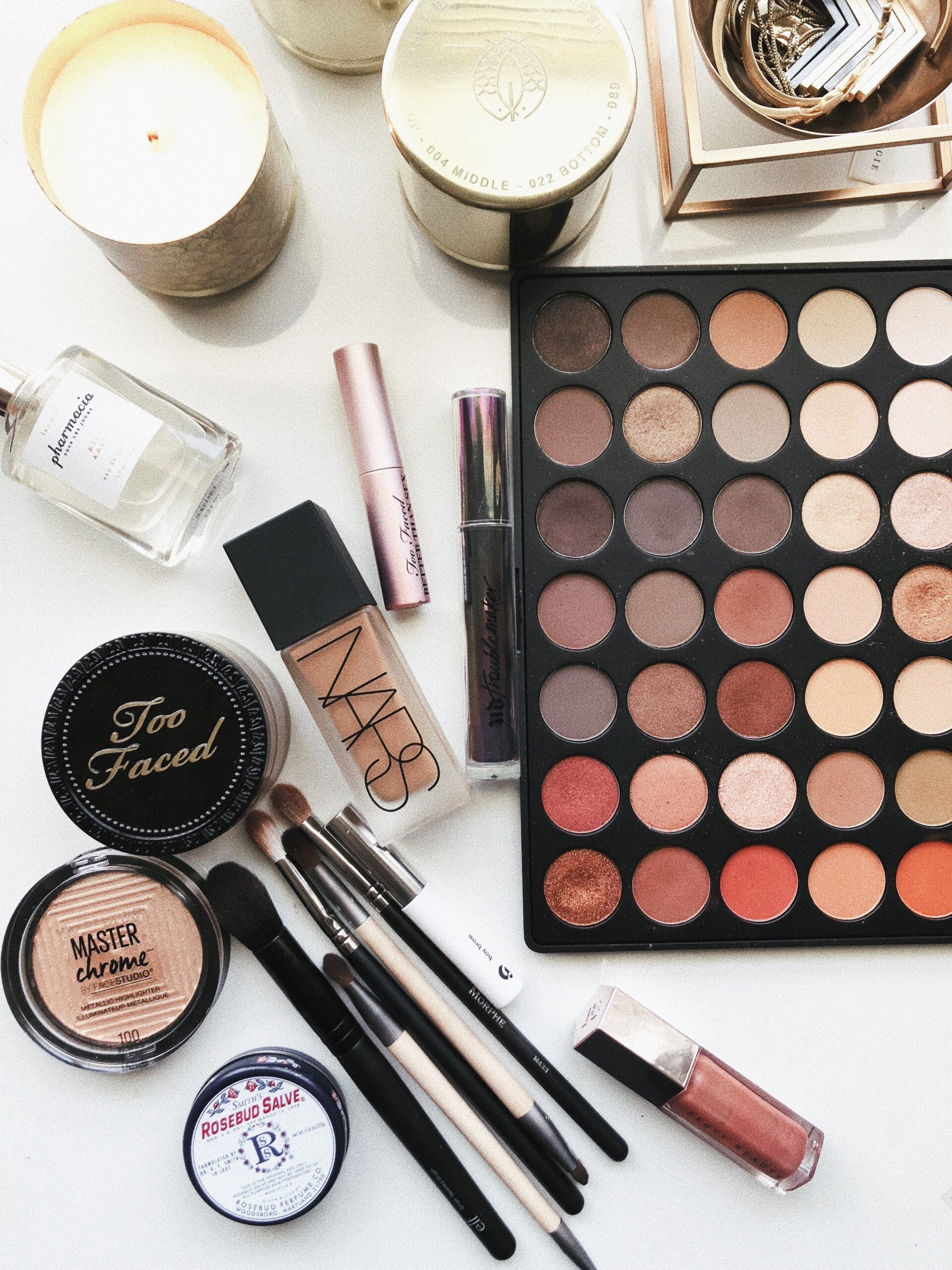Some people so love that squeaky-clean feeling that comes from a good face scrub, that we tend to be overly-enthusiastic when it comes to exfoliation.
“You can tell you’re over-exfoliating if your skin becomes red and starts to peel or flake,” dermatologist Avnee Shah, MD, told Women’s Health. In other words, well exfoliated skin shouldn’t look like it’s being sloughed off. If your skin is well-exfoliated it will glow, like your lit from within. Who wouldn’t want that?
The trouble is, it can be as tricky to hit the sweet spot of exfoliation as it is to quiet your brain in meditation.
“It’s really a ‘one size fits none’ process,” Doris Day, MD told Well + Good. That means that we — along with the best dermatologists in the biz — can show you the way, but we can’t give you a map. You’ll have to discover the best route to glowing skin through old fashioned trial and error. But Dr. Day says a good rule of thumb is to start with once a week exfoliation and see how your skin tolerates it. With exfoliation in general, less is more.
Before we get to the particular exfoliants for your type of skin, let’s go over the basics. There are two kinds of exfoliants: mechanical and chemical. Think of mechanical exfoliants as manual: they use a brush, washcloth, or the microbeads in a scrub to physically remove dead skin cells. Chemical exfoliation uses — you guessed it — chemicals to dissolve dead skin cells. Think alpha and beta hydroxy, fruit enzymes and glycolic acids. Which approach is best for you depends on your specific skin needs. More on that follows.
No matter which approach you take, there are also three easy rules everyone should remember: 1) Exfoliate at night. Your skin will be better primed to soak up whatever night treatments and serums you use; 2) Moisturize; 3) If you overdo it, put your exfoliator on face-rest (meaning lay off exfoliants for about a week).
Here are some other things to keep in mind on the journey to great skin, depending on your specific needs.
DRY
If your skin is dry, try a physical exfoliant made with an emollient base. “Oils are rich in essential acids, which moisturize skin and help to repair the outer barrier,” dermatologist Ava Shamban, MD, told Refinery29. “They’re superheroes for preventing moisture loss.”
Steer clear of products with high amounts of alcohol and instead look for moisturizing ingredients like coconut oil, shea butter, or ceramide. For those with dry skin, it’s even more essential to follow-up with a moisturizer after exfoliation.
OILY
Those of us with oily skin can be tempted to scrub away the shine, and we often overdo it. “This can strip the skin of its essential natural oils, resulting in increased oil production, clogged and enlarged pores,” dermatologist Melissa Levin, MD, told Refinery29.
Mechanical and chemical exfoliants both work for oily skin, with dermatologists recommending alpha or beta, glycolic, and salicylic acids as well as exfoliating cleansers, especially ones with charcoal, which will help soak up excess oil. Start with once a week and see how your skin reacts — it may be able to withstand up to five exfoliating sessions a week.
COMBINATION
You’ve got dry itchy skin on your cheeks and a shiny t-zone. Join the club. Most of us fall into the combo-skin category, Dr. Levin said. Try a cleanser, serum, or peel pad spiked with chemical exfoliants like such as glycolic, lactic, or malic acids. But if your combo skin is more on the sensitive side, Dr. Levin recommends a gentle exfoliating cleanser.
BALANCED
If you’ve got problem-free skin, the last thing you want to do is exfoliate it into trouble. Start slow — again, once a week to begin — with either a scrub or a chemical exfoliator. In other words, you get the pick of ’em all.
ACNE
Exfoliation is especially tricky for the acne-prone—as if we didn’t have enough to worry over.
“I see exfoliation in a lot of my acne patients doing more harm than good,” Dr Shah said. If you’re struggling with cystic or chronic acne, your skin is already inflamed. Scrubs can be rough on skin and spread bacteria causing breakouts to burst, dermatologist Melanie Palm, M.D., told InStyle. Furthermore, chemical and physical exfoliants can both exacerbate the problem and leave behind dark marks known as post-inflammatory hyperpigmentation.
But other dermatologists suggest physical abrasives, like volcanic crystals or fruit-seed powders, as well as salicylic acid, saying they can be great exfoliators for those with acne-prone skin.
“The key here is to keep the skin, pores, and follicles clean without drying the skin, so the body isn’t triggered to produce more sebum — something that causes more clogging and ultimately more acne,” Dr. Shamban told Refinery.
A safe bet: start by exfoliating once a week with a product with salicylic acid, and if your skin is sensitive as well as blemish-prone, use a product formulated especially for sensitive skin.
SENSITIVE
Use kid gloves with sensitive skin — or rather, use a wet washcloth once a week or a very mild chemical exfoliant. Skip scrubs with beads, advises Dr. Shah.
“The goal is cellular turnover and renewal, not inflammation and aggravation,” Dr. Shamban told Refinery. “We want to engage a skin reaction, but not irritate the skin.” Seek out fruit enzymes like papaya and pineapple which gently regenerate, repair, and protect the skin.
You might even swap your washcloth for the cult-like Clarisonic, which can be used each night; the brush’s motions are specifically designed exfoliate your skin without irritating it, says Dr. Day. Use it on the lowest setting and don’t apply pressure on the brush while holding it to your face.
And then whoever you are, wherever you, behold the beauty looking back at you in the mirror.










